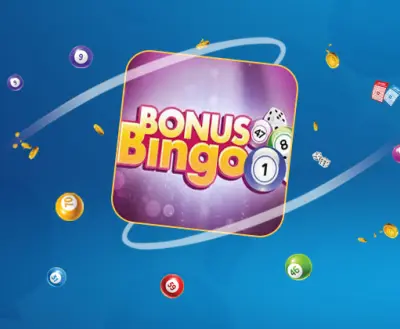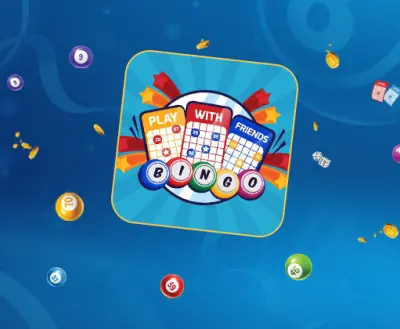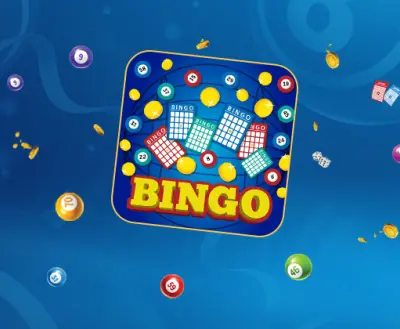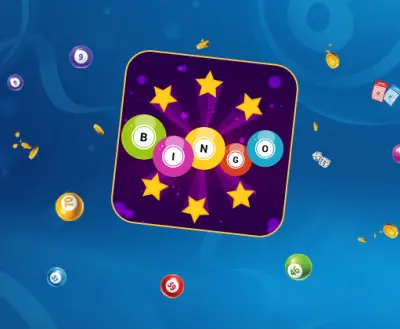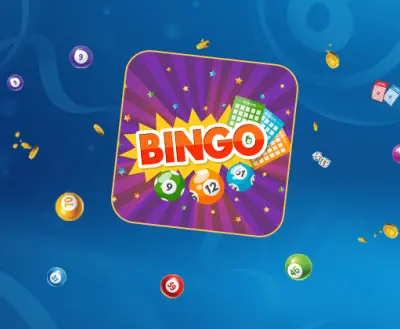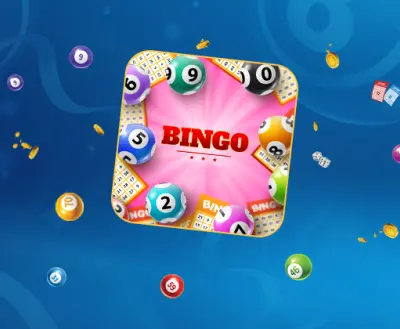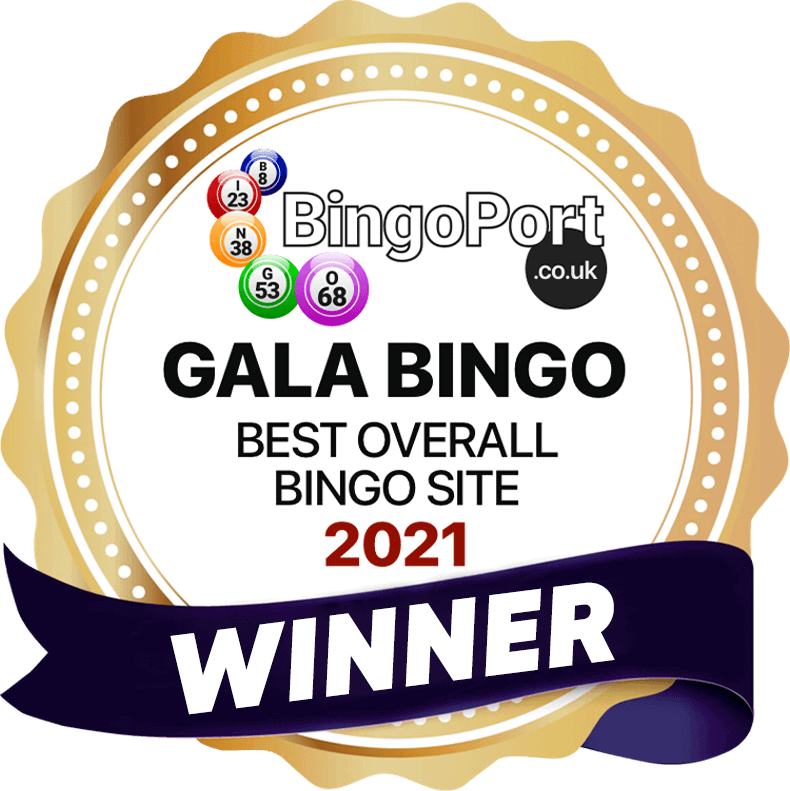Blackjack Terms Explained: Speak the Language of the Game
Blackjack Terms Explained: Speak the Language of the Game
Blackjack is a popular and thrilling card game that has captivated players around the world for generations. Whether you've played the game before or you're new to the exciting world of blackjack, understanding the terminology used in the game is essential for success.
In this article, we will delve into the fascinating world of blackjack terms and their significance in the game. By grasping the language of blackjack, you'll gain a deeper understanding of its rules, strategies, and intricacies. Whether you're stepping into a land-based casino or trying your luck at an online blackjack table, having a firm grasp of these terms will empower you to make confident decisions and greatly enhance your gameplay.
From the basics, such as "hit" and "stand," to more advanced concepts like "double down" and "surrender," we'll demystify the jargon and provide clear, concise explanations. Our goal is to equip you with the knowledge you need to navigate the blackjack table with confidence and elevate your chances of winning.
So, join us as we embark on an enlightening journey into the realm of blackjack terminology. Let's speak the language of this table game and unlock the secrets to becoming a skilled blackjack player!
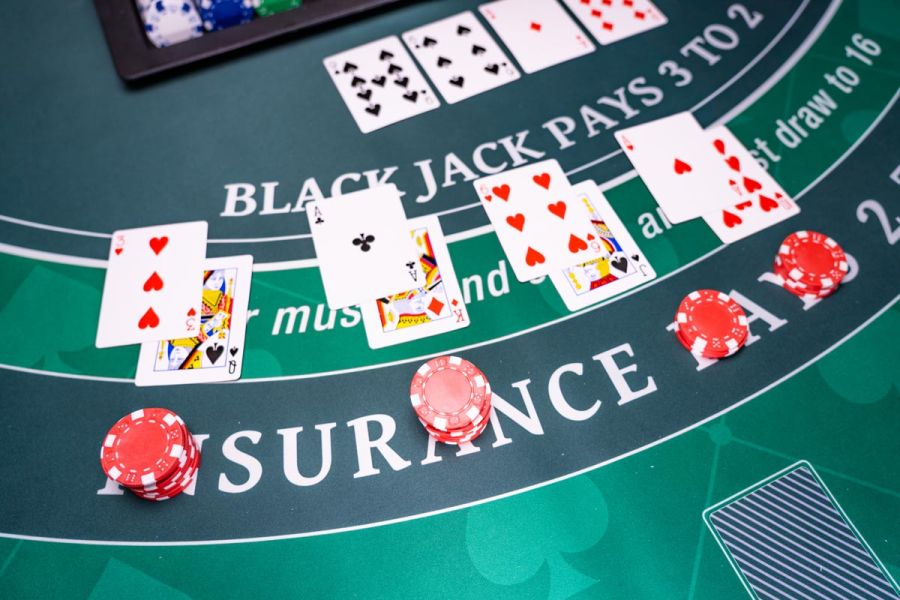
Basics of Blackjack Terminology
Explanation of Basic Blackjack Terms
In order to speak the language of blackjack fluently, it's crucial to familiarise yourself with the basic terms used in the game. Let's explore some essential blackjack terms and their meanings:
Anchorman
The anchorman, also known as the third baseman, is the player sitting to the immediate right of the dealer at a blackjack table. This position is considered important as the anchorman's actions can have an impact on the outcomes of other players' hands.
Bankroll
Your bankroll refers to the amount of money you have set aside specifically for playing blackjack. It is essential to manage your bankroll wisely, as it determines the duration and stakes of your gameplay.
Bust
In blackjack, bust is when the player draws a card and it results in their hand going over 21. Going bust automatically results in a loss for the player, regardless of the dealer's hand.
Double Down
The blackjack double down option allows players to double their original bet after receiving their initial two cards, but with the requirement to draw only one additional card. This move can be advantageous when the player believes they have a strong hand.
Split
When a player is dealt a pair of cards of the same rank (e.g., two 7s), they have the option to split them into two separate hands. This is done by placing an additional bet equal to the original wager. Each blackjack split hand is then played individually.
Stand
In blackjack, stand means the player is satisfied with their current hand and does not wish to receive any more cards. The player's hand is then compared to the dealer's hand to determine the outcome.
Understanding the Blackjack Hand
The blackjack hand refers to the cards that a player receives during a round. Each player's objective is to obtain a hand with a total value as close to 21 as possible without exceeding it. The hand consists of two initial cards and players can draw more, with each card holding a specific value. Numbered cards (2-10) are worth their face value, face cards (King, Queen, Jack) are worth 10, and the Ace can be worth either 1 or 11, depending on the player's choice.
Blackjack Deck Terms
Explanation of Terms Related to the Deck
Understanding the terminology related to the deck is essential for any blackjack player. Let's explore some key blackjack words associated with the deck:
Blackjack Burn Card
The blackjack burn card refers to the card that is placed facedown on the discard pile after the shuffle and before dealing the initial hands. Burning a card helps to prevent players from gaining an unfair advantage by tracking specific cards.
Blackjack Cut Card
The blackjack cut card is a coloured plastic card that is inserted into the deck after the shuffle. It is placed at a specific point to indicate when the deck should be reshuffled. When the cut card is reached during the game, the current round is completed, and a new shuffle takes place.
Blackjack Up Card
The blackjack up card, also known as the dealer's up card, is the dealer's exposed card that is dealt face-up. It provides valuable information for players to make strategic decisions based on their own hand and the dealer's potential hand.
Cold Deck
A cold deck refers to a deck of cards that appears to be unfavourable for players. It may contain a higher number of low-value cards, reducing the likelihood of getting strong hands. Recognizing a cold deck can influence betting and playing decisions.
Multi-Deck
Multi-deck blackjack, also known as multiple decks, refers to a blackjack game that uses more than one deck of cards. Most commonly, games are played with 4 to 8 decks shuffled together. Multi-deck games offer different challenges and strategies compared to single-deck games.
Understanding Discards in Blackjack
Discards play a crucial role in blackjack. As the game progresses, certain cards are discarded and placed in the discard pile. Understanding the process of discards is important for various reasons, such as tracking the cards that have already been played and estimating the likelihood of certain cards appearing in future rounds.
Casinos employ different methods for managing blackjack discards, including the use of automatic shuffling machines or manually shuffling the discards back into the deck once the cut card is reached. It is essential for players to be aware of how discards are handled in the specific blackjack game they are playing.
Betting and Strategy Terms in Blackjack
Explanation of Betting Terms
Blackjack House Edge
The blackjack house edge refers to the statistical advantage that the casino holds over players in a particular blackjack game. It is expressed as a percentage and represents the average amount of each bet that the casino expects to win in the long run. A lower house edge is generally more favourable for players.
Colour Up Blackjack
Colouring up in blackjack jargon refers to exchanging lower denomination chips for higher denomination chips. When a player accumulates several smaller-value chips, they may choose to colour up to reduce clutter and simplify their chip stack. The dealer or pit boss exchanges the smaller chips for higher-value chips.
Explanation of Blackjack Strategy Terms
Developing a solid blackjack strategy is key to improving your odds of winning. Here are a couple of strategy-related terms you should be familiar with:
Blackjack Pit
The blackjack pit is the designated area in a casino where multiple blackjack tables are located. It is usually overseen by a pit boss who manages the operations, ensures fair play, and resolves any issues that may arise during gameplay.
Blackjack Toke
A toke, also known as a tip, refers to the gratuity or token of appreciation given to the dealer by the player. While tipping is not mandatory, it is a customary practice to show gratitude for the dealer's service. Tokes can be in the form of chips or cash.
Advanced Blackjack Terms You Should Know
Understanding advanced blackjack expressions is crucial for taking your game to the next level. In this section, we will introduce and explain several less commonly known terms that can greatly enhance your understanding and mastery of the game.
Card Counting
Card counting is a strategic technique used by some skilled players to track the ratio of high-value cards to low-value cards remaining in the deck. By keeping track of the card distribution, players can make more accurate decisions, adjusting their bets and playing strategies accordingly.
Shoe
The shoe refers to the device used to hold and dispense the decks of cards in a blackjack game. It is typically a rectangular box-like device that allows the dealer to efficiently deal cards to the players. The shoe ensures fairness and reduces the chance of card manipulation.
Hole Card
The hole card, also known as the dealer's hole card, is the facedown card that the dealer receives at the beginning of the round. This card remains hidden until the dealer reveals it after the players have made their decisions. The hole card greatly influences the outcome of the game and affects player strategy.
Soft Hand
A soft hand refers to a hand that contains an Ace counted as 11 without exceeding 21. For example, a hand with an Ace and a 6 is considered a soft 17. Having a soft hand provides players with more flexibility and options in terms of hitting or standing.
Hard Hand
A hard hand is a hand that does not contain an Ace or contains an Ace counted as 1 to avoid exceeding 21. For example, a hand with a 10 and a 7 is considered a hard 17. Hard hands are more rigid, and players must carefully consider their options based on the dealer's up card.
Advantage Play
Advantage play refers to various strategies and techniques that skilled players employ to gain an edge over the casino. These may include card counting, shuffle tracking, and hole carding, among others. Advantage players use their knowledge and skills to exploit the game's mechanics and increase their chances of winning.
Basic Strategy
Basic strategy is a mathematically optimal way to play blackjack based on the player's hand and the dealer's up card. It provides players with the best statistical decisions in different scenarios. Mastering basic strategy is essential for maximizing your potential winnings and minimizing losses.
Box
In a casino setting, a box refers to the area on the blackjack table where the dealer places the players' bets and collects the chips.
Even Money
Even money is a type of insurance bet offered to players when the dealer's up card is an Ace, and the player has a blackjack. By choosing even money, the player opts to receive an immediate payout of 1:1 instead of the regular 3:2 payout for a blackjack. It acts as a form of insurance against the possibility of the dealer also having a blackjack.
Insurance
Insurance is a side bet available to players when the dealer's up card is an Ace. By placing an insurance bet, the player is betting that the dealer's facedown card is a 10-value card, completing a blackjack. If the dealer does have a blackjack, the insurance bet pays out at 2:1 odds, offsetting the loss on the original bet.
Push
A push occurs when the player's hand and the dealer's hand have the same total value. In this case, neither the player nor the dealer wins or loses, and the player's bet is returned.
Side Bet
A side bet is an additional bet that players can make alongside their main blackjack bet. Side bets often have unique rules and payouts and are based on specific outcomes, such as the player's initial cards or the combination of the player's and dealer's cards.
Surrender
Surrender is an option available to players that allows them to forfeit half of their original bet and withdraw from the current hand. This option is typically offered when the player believes they have a weak hand and wants to minimise their losses.
The Importance of Blackjack Vocabulary
Understanding blackjack vocabulary goes beyond simply learning the definitions of specific terms. It allows you to immerse yourself in the game's unique jargon and expressions, enhancing your overall understanding and enjoyment of the blackjack experience. In this section, we will explore the significance of blackjack vocabulary and its role in the game.
Efficient Communication: Blackjack has developed its own language over time, with players and dealers using specific terms to communicate efficiently. By familiarising yourself with this vocabulary, you can easily understand and participate in conversations at the blackjack table, enhancing your interaction with both players and dealers.
Improved Gameplay: Understanding blackjack terminology enables you to follow instructions and grasp the rules and strategies more effectively. It allows you to make informed decisions during gameplay and engage in strategic discussions with fellow players.
Enhanced Strategy: Blackjack vocabulary is closely tied to various strategic concepts and techniques. Terms like "double down," "split," and "insurance" carry specific meanings and strategic implications. By understanding these terms, you can employ advanced strategies and make optimal decisions based on the specific situations that arise during gameplay.
The Role of Blackjack Phrases and Words in the Game
Creating a Casino Atmosphere: Blackjack vocabulary contributes to the authentic casino atmosphere and the overall ambience of the game. Using the correct terminology helps create a sense of immersion, making you feel like a seasoned player who truly understands the intricacies of the game.
Building Confidence: Speaking the language of blackjack instills confidence in your abilities as a player. By effortlessly using the appropriate phrases and words, you demonstrate your knowledge and understanding of the game.
Cultural Connection: Blackjack vocabulary is shared among enthusiasts worldwide. Learning and using these terms allows you to connect with the broader blackjack community and engage in discussions about strategies, experiences, and memorable moments.
Using Blackjack Terms in Real Game Play
Mastering blackjack terminology is just the first step. To fully benefit from your knowledge, it's essential to effectively use these terms in actual gameplay. In this section, we will provide valuable tips on how to utilise the blackjack glossary effectively and explain how understanding these terms can enhance your overall gameplay and strategy.
Tips on How to Use the Blackjack Glossary Effectively in a Game
Confident Communication
Use blackjack terms with confidence and clarity when communicating with dealers and fellow players. This not only ensures effective communication but also establishes your expertise and credibility at the table.
Strategic Decision-Making
Apply your understanding of blackjack terms to make strategic decisions during gameplay. Consider the implications of terms like "double down," "split," or "insurance" when determining your best course of action based on the specific situation.
Active Learning
Continuously expand your blackjack vocabulary by actively observing and listening to other players and dealers. Pay attention to how they use terms in different contexts and incorporate those new terms into your own understanding and conversations.
How Understanding Blackjack Terms Can Enhance Gameplay and Strategy
Improved Focus
By understanding blackjack terms, you can more effectively follow the flow of the game, reducing confusion and increasing your focus on making informed decisions. This heightened attention can lead to better gameplay and potentially better outcomes.
Advanced Strategy Implementation
With a comprehensive understanding of blackjack terminology, you can delve into more advanced strategies and techniques. Apply concepts like card counting, soft hands, and hole cards to refine your gameplay and gain an edge over the house.
Confident Engagement
Using blackjack terms demonstrates your knowledge and passion for the game. It encourages engagement and discussion with other players, fostering a sense of camaraderie and shared experiences at the table.
Conclusion
Understanding blackjack terminology is an essential aspect of becoming a skilled player. By embracing the language of the game, you can enhance your gameplay, communicate effectively, and make strategic decisions with confidence. Incorporating blackjack terms into your playing experience allows you to fully immerse yourself in the game's culture and engage with fellow enthusiasts in Gala Bingo.
As you continue your blackjack journey, remember to utilise the blackjack glossary effectively during gameplay. By doing so, you can further develop your skills, expand your strategic thinking, and increase your overall enjoyment of the game. Embrace the language of blackjack, and let it become your gateway to a world of exciting possibilities at the blackjack table.
Frequently Asked Questions
What are the basic blackjack terms I should know?
As a beginner, familiarizing yourself with the basic blackjack terms is essential. All the basic terms essential for understanding the game are listed above.
How does the Anchorman work in blackjack?
The anchorman in blackjack is the player sitting at the last position on the table. Their position is significant because they make their playing decisions after all other players and the dealer have made their moves. The anchorman has the advantage of observing the decisions made by other players and the dealer before deciding how to play their own hand.
What is a bankroll in blackjack?
In blackjack, a bankroll refers to the amount of money that a player sets aside specifically for playing the game.
Why is a burn card used in blackjack?
The primary purpose of using a burn card is to prevent any potential cheating or card manipulation. By removing a card from play before dealing the hands, the burn card helps ensure the integrity of the game and adds an extra layer of security.
What does it mean to go bust in blackjack?
To go bust in blackjack means to have a hand value that exceeds 21. When a player goes bust, they immediately lose the hand, regardless of the dealer's hand. Going bust typically occurs when a player hits for additional cards and the total value of their hand exceeds the maximum threshold of 21.
How is a cold deck different from a hot deck?
In blackjack, a cold deck refers to a deck of cards that appears to be unfavourable to players. It is characterised by a higher frequency of low-value cards, reducing the chances of achieving strong hands or making successful strategic moves.
Conversely, a hot deck refers to a deck that appears to be favorable to players. It is characterised by a higher frequency of high-value cards, increasing the chances of obtaining strong hands or making successful strategic moves.
What is the significance of colour up in blackjack?
This process involves exchanging several smaller chips for fewer chips of higher value. When a player accumulates a significant number of lower-value chips during a game, they may request to "colour up" their chips to simplify their chip stack and reduce clutter on the table.
What happens to discarded cards in blackjack?
Discarded cards in blackjack are typically placed in a designated discard tray or box. Once a round is completed or the shoe (if used) reaches a specific point, the discarded cards are collected and shuffled back into the deck.
How does doubling down work in blackjack?
Doubling down is a strategic move in blackjack that allows a player to double their original bet after receiving their initial two cards. By doubling down, the player commits to taking one more card and must then stand. This move is typically made when a player believes they have a strong hand and wants to increase their potential winnings. However, it's important to consider the specific rules of the game and the value of the player's hand before deciding to double down.
What is the house edge in blackjack?
The house edge in blackjack is a statistical advantage that the casino has over the players. It represents the average percentage of each bet that the casino expects to win in the long run. The house edge is determined by the specific rules of the blackjack variant being played and can vary depending on factors such as the number of decks used, the dealer's playing rules, and the payout ratios for blackjack and other winning hands.


